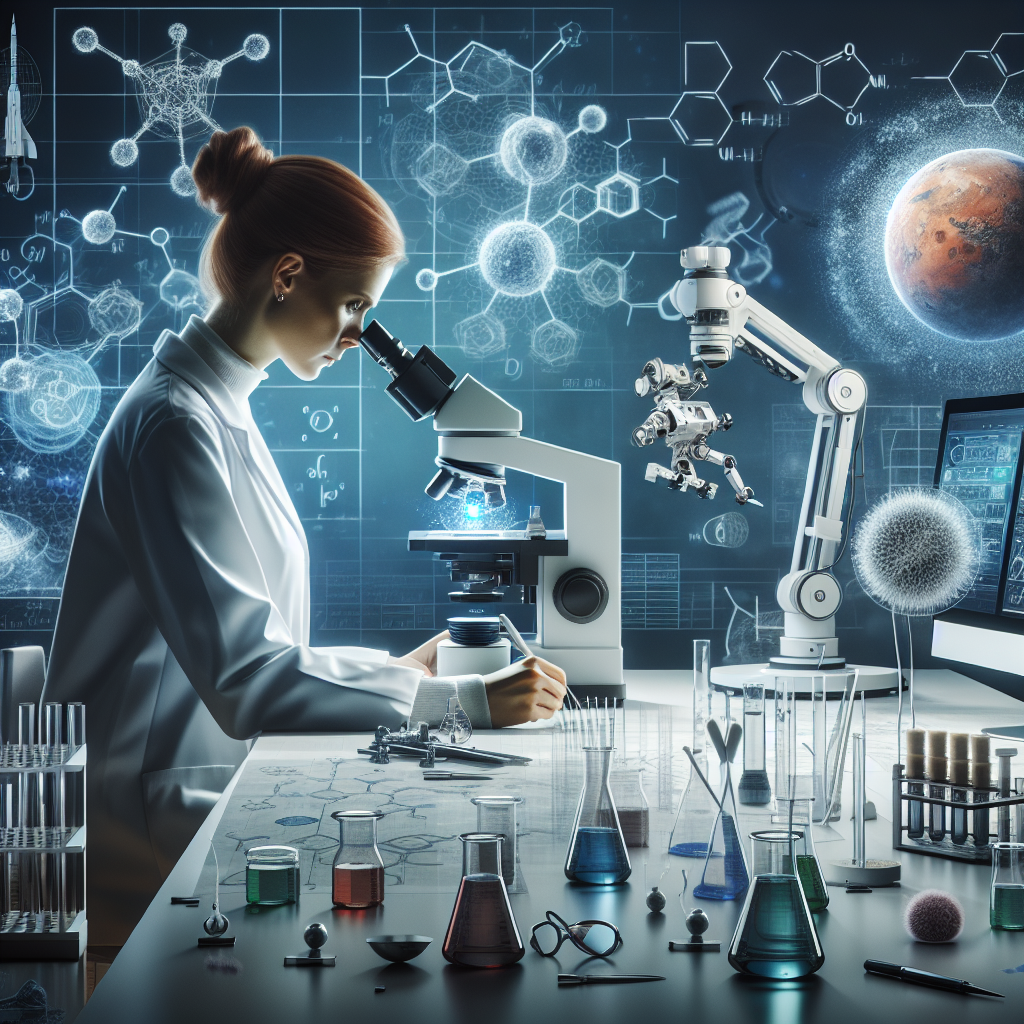Breakthroughs in Space Tech and Green Energy
China's Geespace launches 10 low-orbit satellites to compete with Starlink. Chilean scientists innovate algae-powered electricity via biophotovoltaics. Helium issues delay missions for NASA and SpaceX. Boeing's Starliner lands uncrewed after a plagued test mission. NASA astronauts remain on the ISS due to propulsion system faults on Starliner.

In a significant development, Geespace, backed by Chinese automaker Geely, successfully launched 10 low Earth orbit satellites to create China's answer to SpaceX's Starlink. The satellites were launched from Taiyuan Satellite Launch Centre in Shanxi province.
Meanwhile, researchers at the University of Santiago in Chile are exploring the potential of using green seaweed in a process known as biophotovoltaics to convert light into electrical energy, thereby creating a new sustainable power source.
On the space exploration front, two NASA astronauts remain on the International Space Station due to helium leaks in the propulsion system of Boeing's Starliner. Back on Earth, SpaceX also faces delays for Polaris Dawn due to similar helium issues. Boeing's uncrewed Starliner returned from a test mission, encountering multiple technical difficulties along the way.
(With inputs from agencies.)
ALSO READ
Chile's Central Bank Adjusts 2024 GDP Growth Forecast Amid Economic Shifts
Chile's Central Bank Cuts Interest Rate Again: What It Means for Inflation
Chile Central Bank Revises 2024 GDP Growth Estimate
Chile's Central Bank Lowers Interest Rate by 25 Basis Points
Cutting-Edge Science Updates: Space, Satellites, and Seaweed Power










